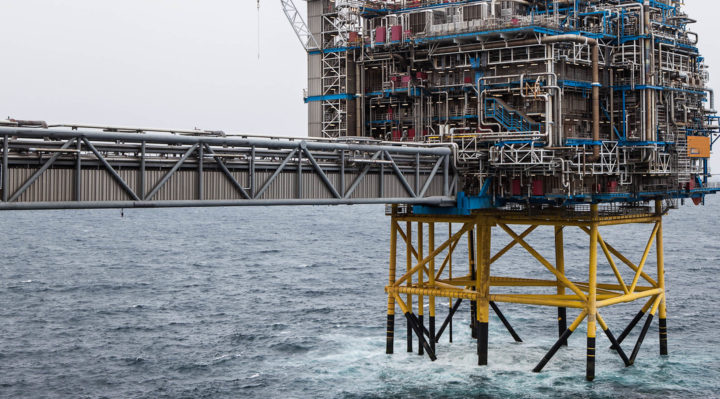The Norwegian Petroleum Safety Authority (PSA) has been assessing the potential for collisions between floating glacial ice and semisubmersibles in the far north of Norway.
Work has included studying interactions between a modeled body of ice and a semisubmersible platform.
The study, part of a wider program investigating structural safety in the region, looked at the likely points of impact and associated collision speeds.

It involved use of SAMS simulation software to draw up an energy map for the required energy absorption at possible impact points on the structure.
The calculated energy absorption was distributed between the ice and the structure, and damage assessments were based on the energy the structure was assumed to have absorbed.
For the model studied – encountering glacial ice of 15 m (49 ft) extent – the largest absorption energy was 7.32 MJ, which resulted in moderate damage to the hull. However, the PSA stressed that different ratios of stiffness and strength between a structure and ice will generate different conclusions.
Over the past few years there has been steadily increasing exploration drilling and field development activity in the High North, and at the same time discussions as to whether knowledge of the HSE challenges in the region is adequate.
The PSA has called for further improvements and has initiated a series of knowledge-gathering projects.
